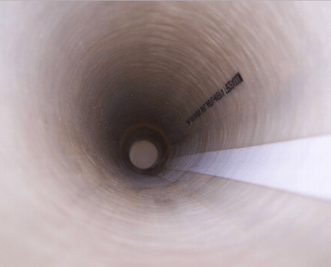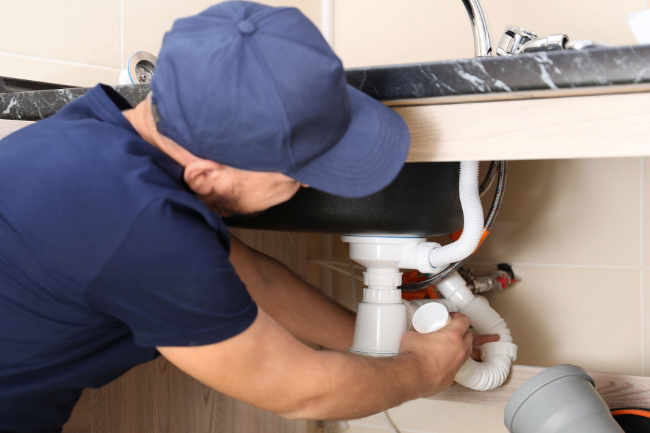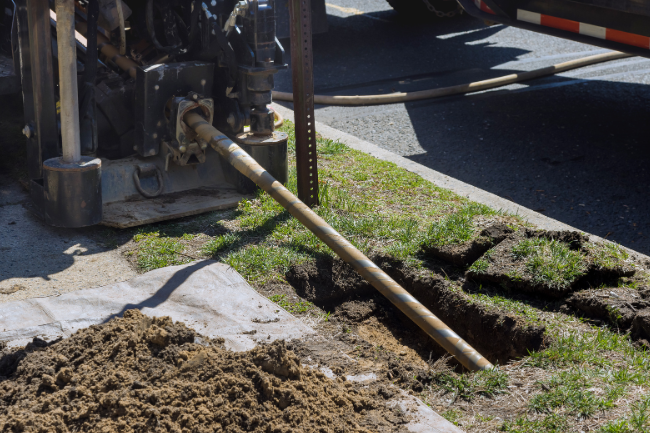How Do I Know if Pipe Lining is Right for Me?
Posted by William Heinselman on
 If you’re dealing with major sewer line damage beneath your home, residential or commercial property, you’ve likely spent some time already looking into your options. While conventional, dig-and-replace pipe replacement is an effective solution for root intrusion, pipe warping and other serious problems, there may be a much more affordable solution available - namely, trenchless pipe lining.
If you’re dealing with major sewer line damage beneath your home, residential or commercial property, you’ve likely spent some time already looking into your options. While conventional, dig-and-replace pipe replacement is an effective solution for root intrusion, pipe warping and other serious problems, there may be a much more affordable solution available - namely, trenchless pipe lining.
The right repair for your property’s pipe failure depends on a few factors, such as pipe depth and the extent of the damage. In certain situations, traditional replacements will be the most affordable option. However, in other circumstances, pipe lining could cost thousands of dollars less than dig-and-replace methods.
In this blog, we help you determine if trenchless, cured-in-place pipe lining is the right solution for your pipe problem.
Ideal Circumstances for Pipe Lining
Whether you’re dealing with pipe failure on a residential or commercial property, pipe lining “pre-requisites,” so to speak, are much the same. For one, lining is best suited for damaged sewer lines or other pipes located deep underground, well below 3-4 feet from the surface; this also makes lining an affordable solution for municipal sewer damage. Additionally, lining is often less expensive than traditional pipe replacement when pipes run below sidewalks, driveways and other landscaping features, which would cost much to replace.
Pipe lining, in these types of situations, will typically cost anywhere from 20-30% less than conventional pipe replacement, and even more so if extensive landscaping efforts would be required.
Sectional point repair, a type of trenchless technology, provides an affordable alternative to dig-and-replace pipe repairs when damage is minor, or contained within a short span of pipe. In these circumstances, there’s little reason to excavate your property and replace an entire pipe section due to one crack or intrusion.
Traditional, dig-and-replace pipe repair does still have its place despite cured-in-place, trenchless innovations.
For instance, if damaged pipe lines are within 2-3 feet of the ground surface, it will typically be more affordable to just dig them out than to reline them from within. This is especially true for shallow pipes that do not run beneath important landscaping features, like driveways, large trees and artificial ponds/pools. In these cases, the labor requirements are arguable low, and pipes can be replaced without extensive remedial landscaping.
How can you know the extent of your pipe damage, and determine if pipe lining is right for you? The answer lies in sewer video inspection, which can be performed within your pipes to identify the exact scope and cause of your property’s pipe damage.
Finding the Right Solution with Video Inspection
Sewer video inspection, which is also the first and last step of trenchless pipe lining, is an effective way to determine the extent and cause of damage to your pipe lines. Through existing entry points, pipe repair specialists will route a camera through the damaged pipe in question. Connected to a live video feed, the camera can pick up on anything that might be wrong with your pipe, including:
- Root intrusion, through one or multiple points
- Offset pipe joints
- Collapsed pipe section
- Damage to commercial drain clean-outs
- Protruding lateral pipe lines
Sewer video inspection eliminates the guesswork from residential and commercial pipe repair, and can help you find the most affordable solution that still gets the job done. You can watch a recorded video inspection below:
If you’re dealing with major sewer line damage beneath your property, the best thing you can do is reach out to a professional plumbing team and have them inspect your pipes. Then, you can make more informed decisions on next steps, and get the best deal on your pipe repair.
Topics: Trenchless Technology, Sewers


![Repiping Your Sacramento Home [6 Steps]](https://www.expresssewer.com/hs-fs/hubfs/plumbing%20tools%20and%20blueprints.jpeg?width=550)




